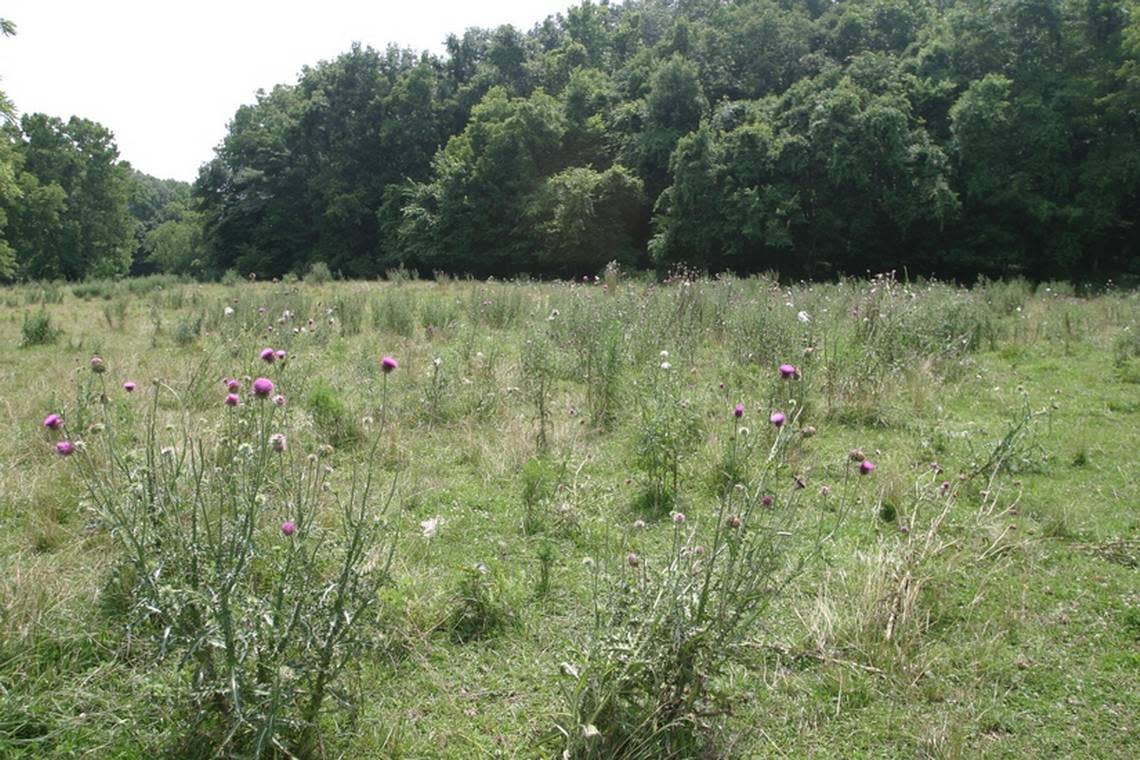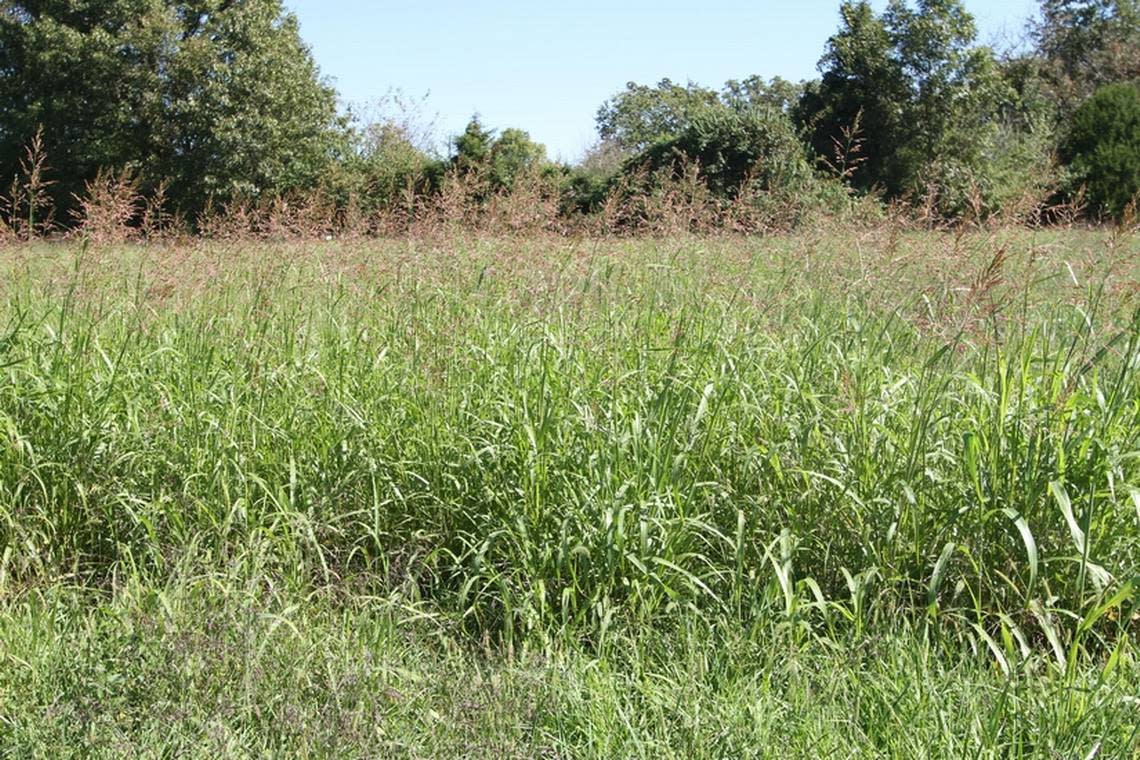It’s illegal to let these 19 ‘noxious weeds’ grow in your yard in Kansas and Missouri
With summer on the way, many Kansas Citians are heading out to work the earth in yards, farms and community gardens around the metro.
But as they contribute to the region’s strong agricultural tradition, some residents may find aggressive plants threatening to overtake the natural biodiversity of the local ecosystem.
These plants, called “noxious weeds,” are at the center of an ongoing battle to maintain ecosystems in the Midwest. And local officials advise killing these plants on sight.
“Noxious weeds are one of the greatest threats to the Kansas environment,” writes the Kansas Department of Agriculture. “They displace native plant species, interfere with the production of agricultural crops, increase erosion, destroy wildlife habitat and decrease property values.”
Missouri and Kansas list a total of 19 plants that residents are advised to uproot. Here’s how to spot them, and what state laws say about preventing their spread.
What noxious weeds are present in the Kansas City area?
The Kansas and Missouri departments of agriculture maintain lists of noxious weeds that can spread aggressively and harm local ecosystems. Four are commonly found in the Kansas City area, according to Johnson County’s public works department:
Field bindweed: a spreading weed with white morning glory-style flowers
Johnson grass: a tall prairie grass with slim brown seedheads at the top
Musk thistle: a tall weed with spiny leaves and fuzzy, clover-like purple flowers
Sericea lespedeza: a yellow-green ground plant with tall leafy branches, also called Chinese bush clover.

The other noxious weeds listed in both states are Canada thistle and Kudzu. Canada thistle has spiny leaves and large purple buds that develop a white “hair” on top, while Kudzu is an aggressive leafy vine that quickly blankets trees, power lines and native landscapes.
The seven other weeds listed as noxious in Missouri are:
The six other weeds listed as noxious in Kansas are:
What should I do if I have a noxious weed on my property?
There are many ways to kill noxious weeds before they spread and overtake your property. For smaller areas like yards, pulling weeds up by the roots can prevent them from reproducing. On larger tracts of land, using approved herbicides or allowing livestock to graze on these plants may be a more efficient way to stop their spread.
You can find official guidelines for controlling Kansas’ noxious weeds on the Kansas Department of Agriculture’s website, and read more about controlling Missouri’s weeds on the Missouri Department of Agriculture’s website.
What happens if I allow weeds to grow?
Preventing the spread of noxious weeds isn’t just a good idea — it’s the law.
“It shall be the duty of persons to control the spread of and to eradicate all species of plants declared to be noxious weeds on all lands owned or supervised by them,” Kansas statute states.
Missouri goes a step further, imposing a $100 fine on landowners who knowingly let these plants grow.
“It shall be the duty of every owner of lands in this state… to control all noxious weeds growing thereon so often in each and every year as shall be sufficient to prevent such noxious weeds from going to seed,” Missouri law states.
“If any owner of such land shall knowingly allow any noxious weeds to grow thereon, such owner shall forfeit and pay the sum of one hundred dollars to the county commission for every such offense.”
Counties can take civil action against landowners for allowing any noxious weeds to grow, as long as the county notifies them of the issue and gives them 15 days to resolve it.
If the landowner takes no action to curtail these plants after 15 days, they are subject to a $100 fine for every 15-day period they continue to allow these plants to grow.

What’s the difference between an invasive plant and a noxious weed?
There’s an overlap between noxious weeds and invasive plants in each state, but just because a plant belongs to one group doesn’t necessarily mean it belongs to the other.
Invasive plants are generally defined as those with a native habitat outside the area where they currently grow. Many invasive plants in the U.S. originated in other countries or on other continents.
When they are introduced to suitable new habitats by human activity, invasive plants can overtake fragile ecosystems and siphon resources like sunlight, nutrients and water away from native plant species.
Noxious weeds have the same overwhelming effect on local ecosystems, but did not necessarily originate elsewhere. A specific list of weeds that count as noxious is published by state departments of agriculture — in Kansas, they are explicitly listed in the text of the state law.
The differences between these two overlapping categories determine residents’ role in helping to eradicate them. While curbing the spread of invasive plants is something everyone can help do, the job mostly falls to state departments of conservation. Killing noxious weeds, on the other hand, is the legal responsibility of landowners.
Do you have more questions about nature or ecosystems in Missouri or Kansas? Let the Service Journalism team know at kcq@kcstar.com.
